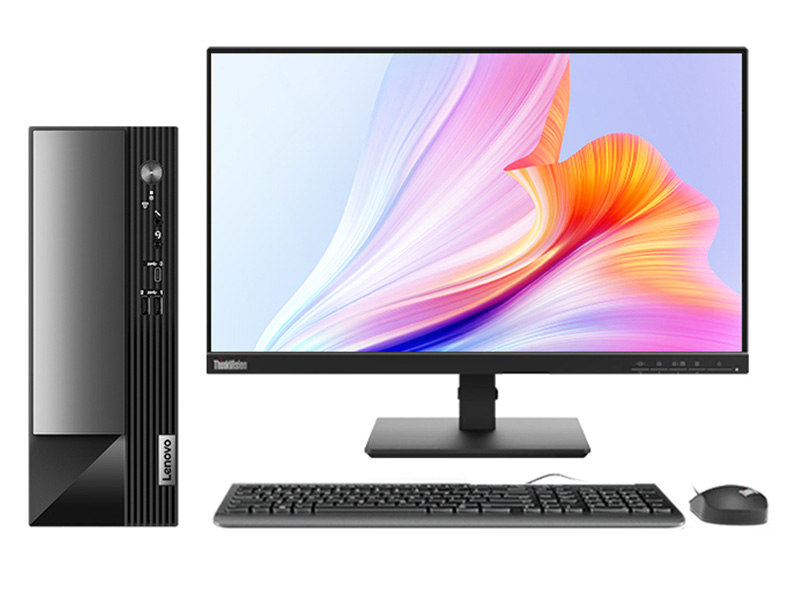In the modern workplace, the concept of productivity has been transformed by the advent of remote desktop workspaces. As businesses adopt digital solutions, remote desktops provide a flexible and secure platform for employees to access their work environment from any location. This technology is redefining what it means to be productive by offering unprecedented levels of continuity, collaboration, and accessibility. In this article, we’ll delve into the mechanisms of remote desktop workspaces, examine their impact on productivity, and discuss how they are altering the traditional office paradigm.
The Mechanics of Remote Desktop Workspaces
Remote desktop workspaces function by giving users access to a computer interface located on a networked server or in the cloud. This setup allows for centralized management of resources and software, reducing the need for high-end hardware on the client side.
Centralization and Security
One of the main advantages of remote desktop workspaces is centralization. Data and applications are stored on secure servers, which IT departments can easily maintain and monitor. This setup improves security as sensitive information remains within the controlled environment of the server, minimizing the risk of data breaches associated with local storage on individual devices.
Accessibility and Compatibility
Remote desktops are accessible from various devices, including PCs, laptops, tablets, and smartphones, meaning that employees can stay productive regardless of their device or operating system. This compatibility eases the IT burden of managing multiple software versions and updates across different platforms, as all users access the same server-based resources.

Enhancing Productivity Through Flexibility
The flexibility provided by remote desktop workspaces is a significant factor in enhancing productivity. Employees can work from anywhere, at any time, without the constraints of physical office space.
Work-From-Anywhere Capability
The ability to log into a remote desktop from any location means that employees can start their workday from home, continue in a café, and finish up in a hotel room while traveling. This flexibility increases productivity by allowing employees to choose work environments that suit their personal preferences and by reducing time lost to commuting.
Balancing Work and Life
A flexible remote workspace can lead to a better work-life balance, which has been shown to increase employee satisfaction and productivity. The capacity to manage personal responsibilities without compromising work quality or output is a significant advantage of remote desktop environments.
Collaboration and Efficiency in the Remote Era
Remote desktop workspaces also foster collaboration and efficiency, even when team members are dispersed across different geographies.
Real-Time Collaboration
With remote desktops, teams can work on the same files and applications in real-time, regardless of their physical location. This immediate collaboration eliminates the silos that can occur in traditional office settings and accelerates project timelines.
Streamlining IT Operations
For IT departments, the centralized nature of remote desktops simplifies management tasks, such as deploying software updates and troubleshooting issues. This streamlining leads to less downtime for users, enhancing overall organizational efficiency.
The Future of Workspaces and Productivity Trends
The integration of remote desktop workspaces into business operations points toward an evolving definition of the workplace and emerging productivity trends.
The Decline of the Traditional Office
As remote workspaces become more prevalent, the need for physical office space is decreasing. Businesses can significantly save on real estate and operational expenses due to this change. They can reinvest the savings in other areas to drive growth and innovation.
Adapting to the New Normal
The COVID-19 pandemic accelerated the adoption of remote desktop workspaces, and many organizations are recognizing the long-term benefits of this model. The ability to maintain productivity in the face of disruptions has become a critical aspect of business continuity planning.
In conclusion, remote desktop workspaces are redefining productivity by offering secure, flexible, and collaborative environments that extend beyond the traditional office space. Centralization, accessibility, and compatibility are key features that make remote desktops attractive to modern businesses. The shift toward remote work brings challenges, but it also presents opportunities to enhance work-life balance, reduce operational costs, and maintain continuity in an ever-changing world. As technology continues to evolve, remote desktop workspaces will undoubtedly play a pivotal role in shaping the future of work.